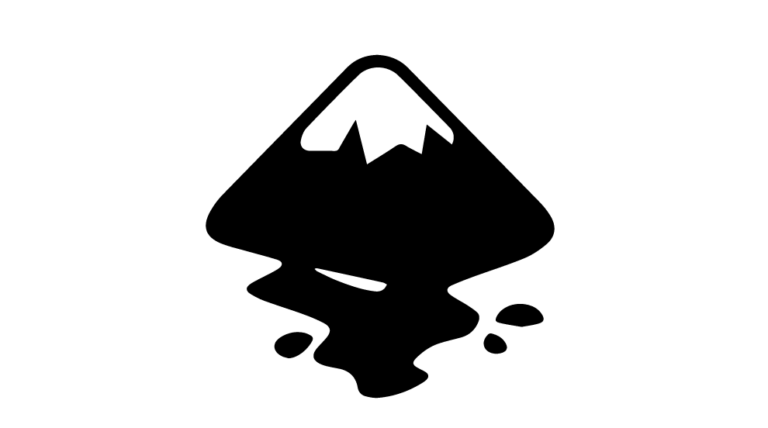
At the top of the program window, there is a panel with various functions, on the left – basic tools, and on the right – the command bar.Īll this together may seem difficult for a beginner.

It hasn’t been updated for more than 5 years. Cluttered and Inconvenient InterfaceĪll available versions of Inkscape software for Windows, Mac OS and Linux have a fairly old interface. Unlike Illustrator and Photoshop, Inkscape has minimal system requirements, and is also highly optimized (programs like GIMP and PhotoScape also have a minimum system requirements threshold, but are poorly optimized). I tested Inkscape on a fairly weak laptop for architecture and I was pleasantly surprised with the speed and responsiveness. Read affiliate disclosure here.Inkscape is a cross-platform vector graphics editor with advanced tools. If you have any questions simply leave a comment below. If you want to learn more about path functions and how Trace Bitmap works in Inkscape, be sure to check out The Inkscape Master Class - a collection of over 50 videos where I go over every single tool and feature in Inkscape and explain what it is and demonstrate how it works! One way that I always love to use vector textures is applying them to text using the Path > Difference path function. You can change the colors, apply path function, and even alter the individual nodes with the Nodes tool. The result will be a true vector graphic that you can use in all of the ways that you’d use any other vector graphic. Once you’re happy with the preview, go ahead and click OK to generate your tracing. The best option to use will be determined by the composition of whatever photo you’re using, so the only way to know is to try it out yourself and see how it looks. Go ahead and cycle through each of the the three tracing methods and click Update to preview the tracing that will be created. The white areas represent transparency, or negative space, and the black areas represent the vector tracing that will be created. On the right side of the menu you’ll see a preview of what will be generated. You’ll also notice an invert option in case you’d like to create an inverted tracing of your photo. You’ll notice there’s three different tracing methods: brightness cutoff, edge detection, and color quantization.

In the Trace Bitmap menu we’ll be focusing our attention to the Single Scan area.


 0 kommentar(er)
0 kommentar(er)
